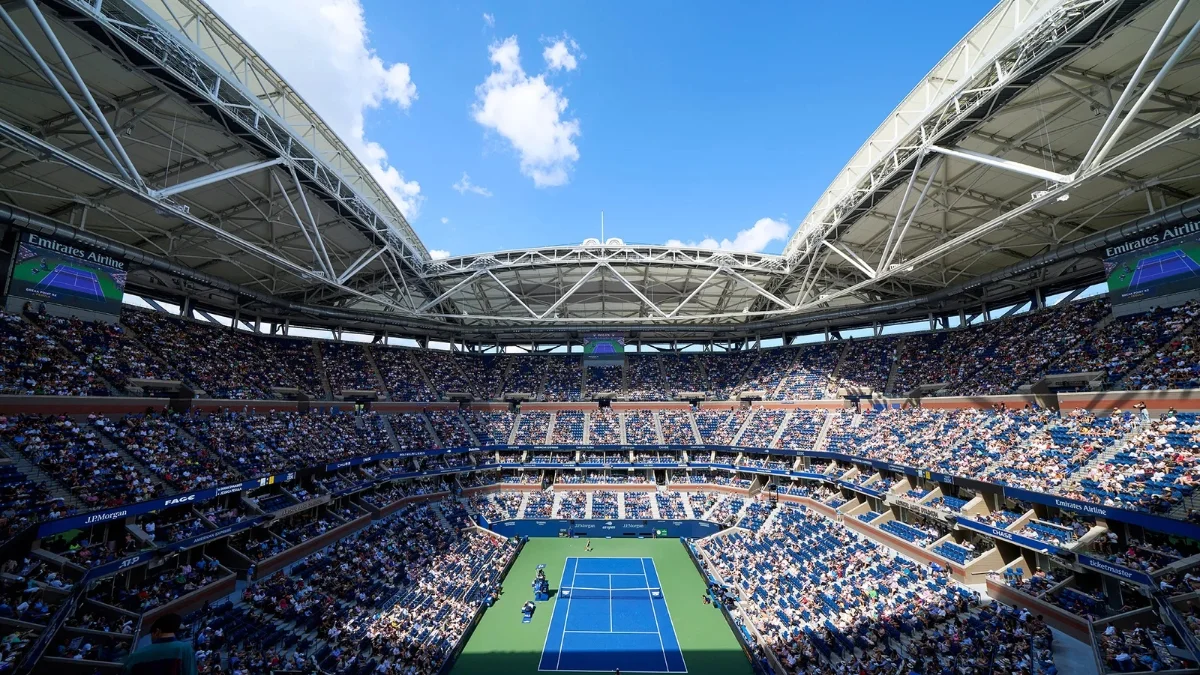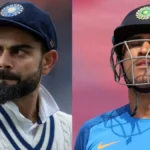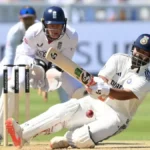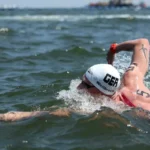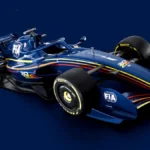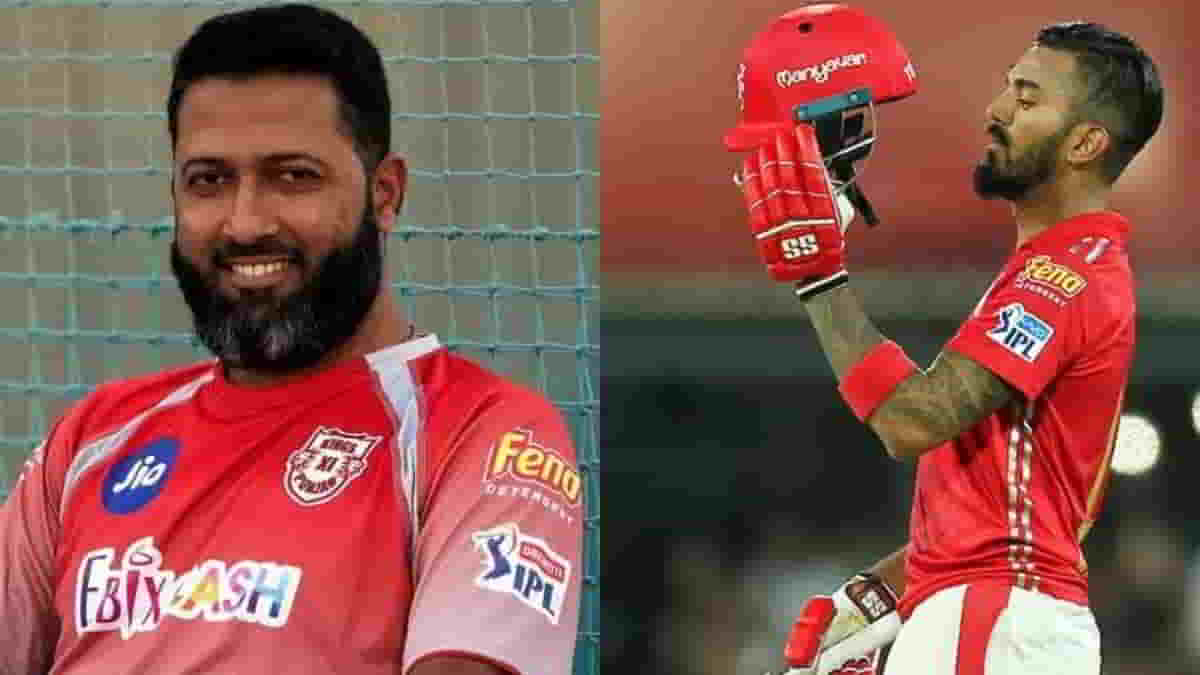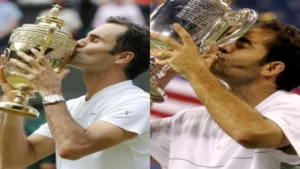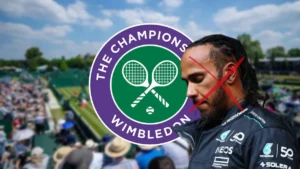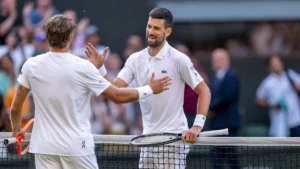Tennis is a sport of reflexes, dexterity and technique. It is also a game of adaptability. Different surfaces demand variable technique. Each surface- clay, grass, and hard- affects the speed and bounce of the ball. While some players do exceptionally well on clay courts, others feel more at home on grass or hard surfaces.
That’s the reason why legends like Rafael Nadal became the “King of Clay”, while Pete Sampras built his Grand Slam legacy on grass and hard courts.
In this article, we will explore the different types of tennis court surfaces and its impact on the game.
Clay Courts: The Domain of the Baseliners
Clay courts, most famously used at the French Open, are the slowest of the three main surfaces. Made from crushed brick (red clay) or crushed stone like metabasalt, they create a textured surface that significantly slows down the ball and produces a high bounce.
It favours baseline players—those who stay at the back of the court and grind through long rallies. Players who showcase heavy topspin, strategic shot placement, and exceptional endurance achieve success here.
On the other hand, big servers and aggressive net players do not find it easy here. The slower place and higher bounce neutralize powerful serves and make quick finishes at the net harder to execute. Pete Sampras, despite winning 14 Grand Slam titles, never managed to win the French Open—largely due to how poorly his serve-and-volley style translated to clay.
Key Characteristics of Clay Courts:
Slow ball speed, high bounce
Long rallies and strategic play
Suits spin-heavy, defensive players
More forgiving on joints due to soft surface
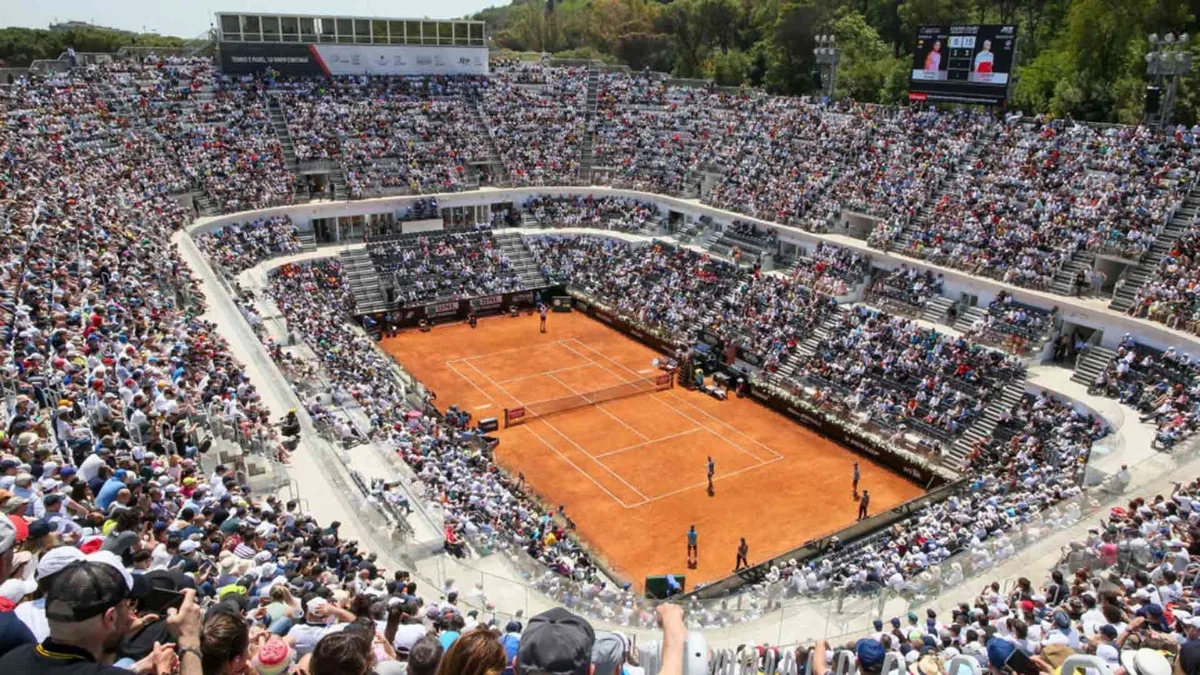
Also Read: Top 3 Countries Producing the Best Tennis Players
Grass Courts: Fast, Slick, and Unpredictable
Grass courts are the fastest and most traditional surface in tennis. It was once used at all four Grand Slams but is now exclusive to Wimbledon. Made of carefully maintained natural grass over packed soil, this surface creates low, skidding bounces and rapid point play.
The slickness of grass favors players with big serves and strong net games. Serve-and-volley specialists like Pete Sampras and John McEnroe enjoyed enormous success on this surface, and Roger Federer earned a record number of Wimbledon titles.
However, grass courts come with challenges. The surface wears down quickly, becoming slippery and uneven, which can make movement tricky and bounces unpredictable. Players need excellent reflexes, agility, and fast reactions to excel here.
Key Characteristics of Grass Courts:
Fastest surface, low and variable bounce
Favors aggressive, attacking players
Requires quick movement and strong serve
Less common due to high maintenance needs
Hard Courts: The Balanced Battleground
Hard courts, made from asphalt or concrete topped with an acrylic surface, are the most neutral and widely used tennis courts globally. They strike a balance between the slow bounce of clay and the speed of grass. Both the US Open and Australian Open are played on hard courts.
With medium-fast ball speeds and high, predictable bounces, hard courts accommodate a wide variety of playing styles. Whether you’re a serve-and-volley player or a baseline grinder, hard courts offer a relatively fair battleground—earning them the nickname “Democratic Courts.”
However, because the surface is firm and unyielding, it’s tougher on the body, particularly joints, and can contribute to overuse injuries if not managed properly.
Key Characteristics of Hard Courts:
Medium speed, high and consistent bounce
Supports all styles of play
Most common and cost-effective
Hard on joints due to surface rigidity


